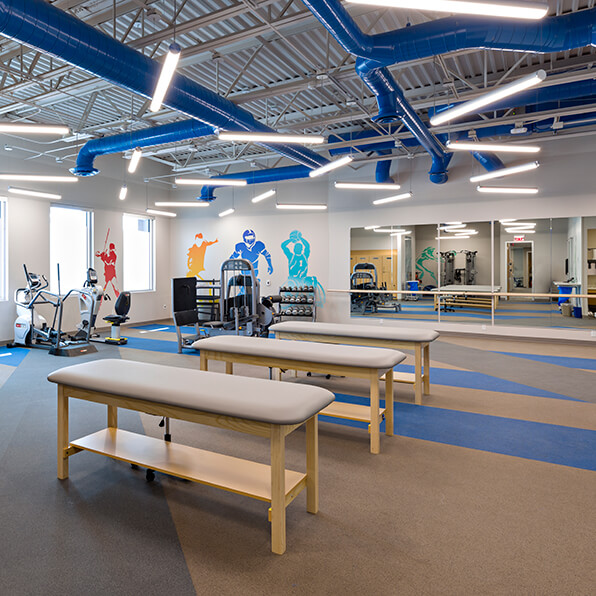If the broken ends of the bone aren’t aligned properly, there can be gaps between the pieces of bone or fragments might overlap. Your doctor will need to manipulate the pieces back into position, a procedure known as a reduction. Depending on the amount of pain and swelling you have, you might need a local or general anesthetic before this procedure. Whatever your treatment, it’s important to move your uninjured fingers regularly while the fracture is healing to keep them from stiffening. Ask your doctor about the best ways to move them. If you smoke, quit. Smoking can delay or prevent bone healing.
Immobilization
Restricting the movement of a broken bone in your hand and wrist is critical to proper healing. To do this, you’ll likely need a splint or a cast. You’ll be advised to keep your hand above your elbow as much as possible to reduce swelling and pain.
Medications
To reduce pain, your doctor might recommend an over-the-counter pain reliever. Narcotic medication such as codeine is rarely needed. NSAIDs can help with pain but might also hamper bone healing, especially if used long term. Ask your doctor if you can take them for pain relief.
If you have an open fracture, in which you have a wound or break in the skin near the wound site, you’ll likely be given an antibiotic to prevent infection that could reach the bone.
Hand therapy
After your cast or splint is removed, you’ll likely need rehabilitation exercises or hand therapy to reduce stiffness and restore movement in your wrist. Rehabilitation can help, but it can take several months or longer for complete healing.
Surgical and other procedures
Even after reduction and immobilization with a cast or splint, your bones can shift. So your doctor likely will monitor your progress with X-rays. If your bones move, you might then need surgery, which can take the forms of:
- Closed reduction and pinning. During this process, the fracture will be aligned and temporarily held by pins until the fracture has healed after which the pins are removed.
- External fixation of the wrist. With external fixation, a metal frame outside your body immobilizes the fracture with two or more pins that pass through your skin and into the bone on either side of the fracture. This will be removed once the fracture has healed.
- Open reduction and internal fixation. You might need surgery to implant pins, plates, rods, or screws to hold your bones in place while they heal. A bone graft might be used to help healing.
These options might be necessary if you have:
- An open fracture
- A fracture in which the bone pieces move before they heal
- Loose bone fragments that could enter a joint
- Damage to the surrounding ligaments, nerves, or blood vessels
- Fractures that extend into a joint


